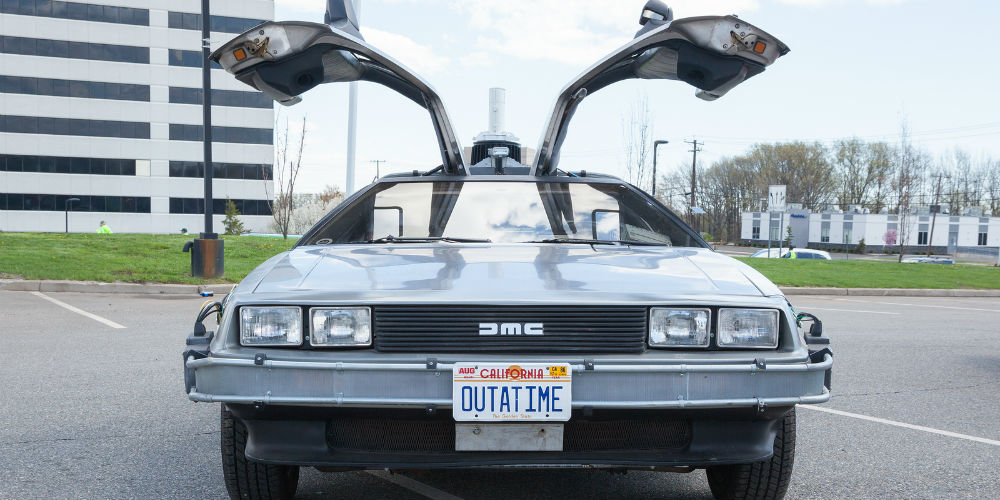Back to the future

In the beginning was the bank ATM. This through-the-wall ATM dispensed cash to any customer with a card, a PIN, and available funds. This basic ATM was the very essence of disruptive technology, facilitating the closure of tens of thousands of bank branches around the world, and taking countless bank teller jobs with them. Customers rejoiced at their newfound avoidance of the teller queue. Bankers were thrilled as branch operating costs were slashed. Former bank tellers were mostly redeployed to other sectors of the economy and all was well in the bank. And then something went horribly wrong…
ATM functionality exploded. No longer content with ATMs which merely dispensed cash, manufacturers urged banks to upgrade their ATMs to automate other routine tasks. Cash deposit, check deposit, coin dispense, money orders, stamps, loan applications – you name it, bank ATMs now did it. Unfortunately, all of this sophistication came at a price. Higher hardware costs, software licenses, hardware licenses, technician training, customer training and parts inventories – all drastically increased the life cycle costs of operating a fleet of upscale ATMs. This was all fine while bank branches continued to be shuttered and bank operating costs reduced. Until…
ATM Vendors got greedy and misread changes in the market and in customer behavior. As banks continued to spend millions of dollars annually on their ATM programs, vendors came to believe that bank ATM budgets were limitless. Taking a page out of Microsoft’s book, the ATM vendors began to shorten product life cycles. Why support ten, five or even three-year-old ATMs with hardware and software upgrades when you can simply discontinue product support and force banks to buy expensive new gear? Banks were now firmly on the upgrade treadmill. Banks were also largely hesitant to undertake expensive migrations away from ATM vendor software, whose tentacles in some cases reached throughout the bank. Surely now the ATM manufacturers had the banks right where they wanted them. Only…
continue reading »
